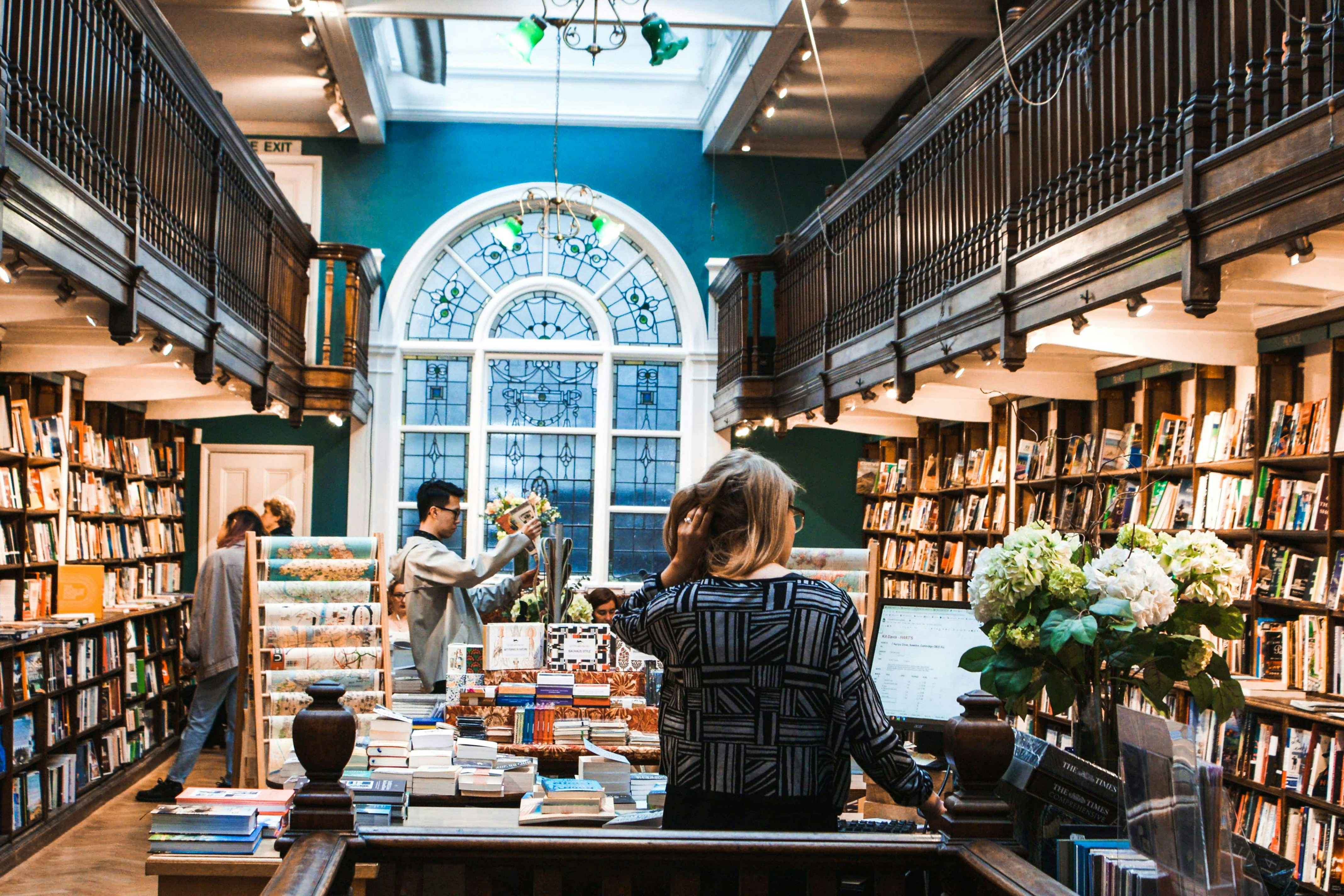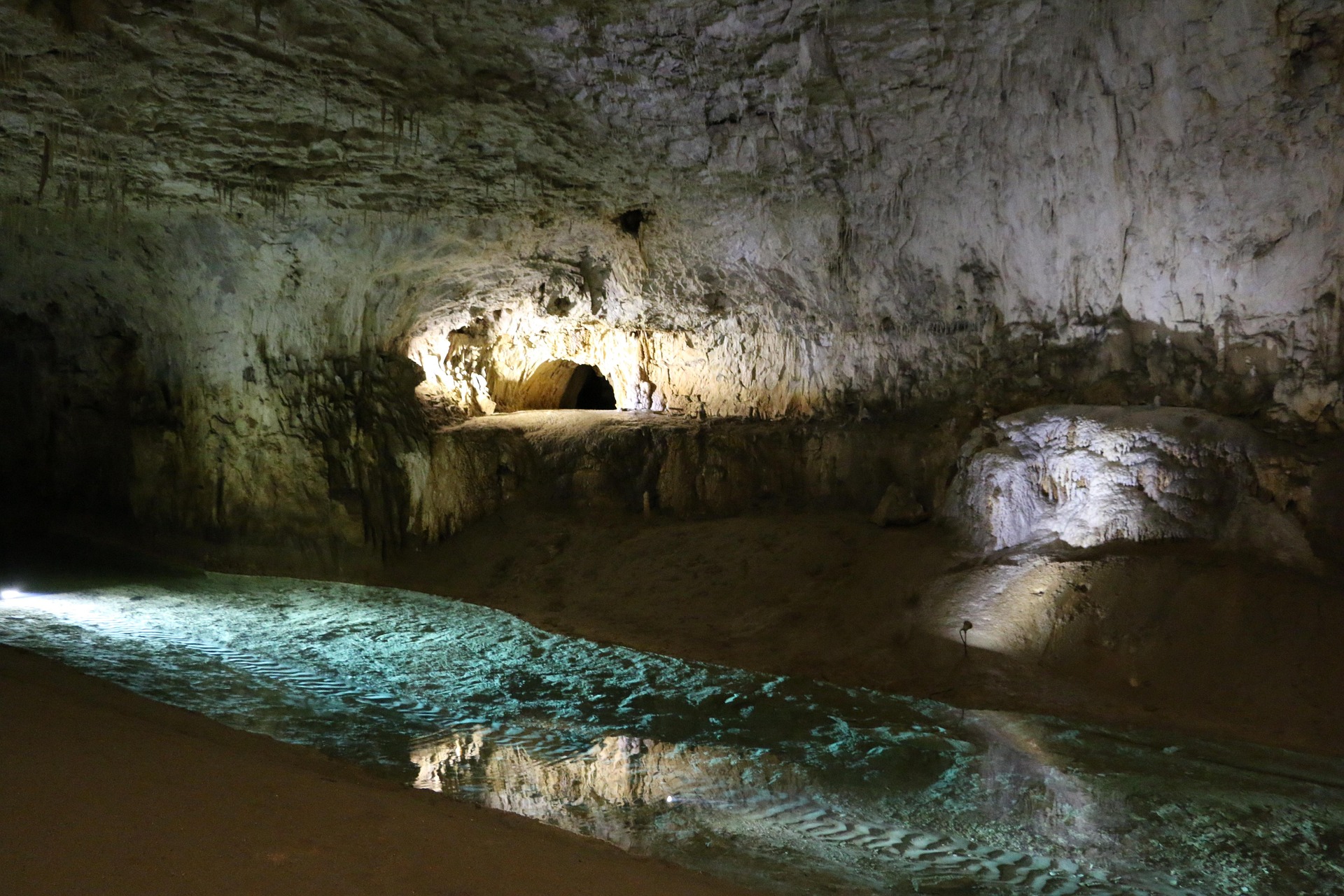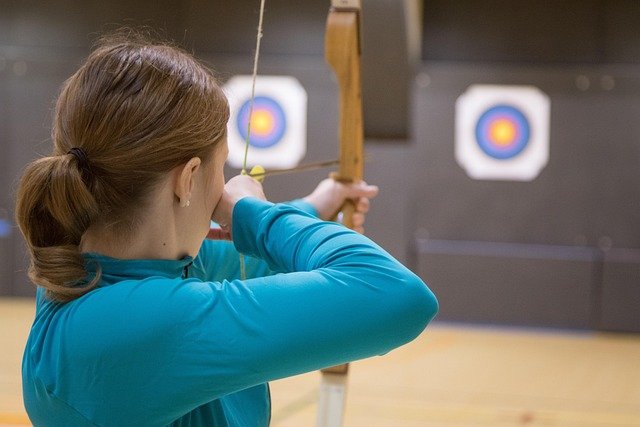The Tapestry Renaissance: Reviving an Ancient Art Form
In an era dominated by digital media and fleeting trends, an unexpected artistic resurgence is captivating the art world. Tapestry, a centuries-old craft once reserved for royal courts and grand cathedrals, is experiencing a remarkable revival. Contemporary artists are breathing new life into this intricate medium, blending traditional techniques with modern themes to create stunning works that challenge our perceptions of textile art.

In recent years, a new generation of artists has rediscovered tapestry, drawn to its tactile nature and narrative potential. These modern weavers are pushing boundaries, incorporating unconventional materials and addressing contemporary issues through their work. The revival has caught the attention of major galleries and museums, signaling a shift in how textile art is perceived in the fine art world.
The Intersection of Tradition and Innovation
Today’s tapestry artists are not content with simply replicating ancient techniques. They are innovators, experimenting with scale, texture, and subject matter. Some create massive installations that dominate gallery spaces, while others produce intimate pieces that invite close inspection. The use of unexpected materials - from recycled plastics to LED lights - challenges our understanding of what tapestry can be.
One notable trend is the incorporation of digital technology into the weaving process. Artists are using computer-aided design to plan intricate patterns and even employing robotic looms to execute their visions. This marriage of old and new techniques opens up exciting possibilities for the medium, allowing for unprecedented precision and complexity in designs.
Tapestry as Social Commentary
Contemporary tapestry artists are tackling pressing social issues head-on. Climate change, political unrest, and identity politics are just a few of the themes being explored through this ancient medium. The slow, methodical process of weaving lends itself well to contemplation and reflection, allowing artists to create deeply layered works that reward careful study.
For example, one artist’s series of tapestries depicting endangered species has garnered international attention, highlighting the intersection of art and environmental activism. Another weaver’s work exploring gender identity and body image has sparked important conversations about representation in art. These tapestries serve not just as beautiful objects, but as powerful catalysts for social change.
The Global Tapestry Community
The tapestry renaissance is not limited to a single country or culture. Artists from around the world are contributing to this movement, each bringing their unique perspectives and traditional techniques to the fore. This global exchange has led to exciting collaborations and cross-cultural dialogues, enriching the tapestry landscape.
International tapestry biennales and exhibitions have become hotbeds of innovation, showcasing the diversity and vitality of contemporary weaving. These events not only celebrate established artists but also provide platforms for emerging talents to showcase their work. The sense of community among tapestry artists is strong, with many sharing techniques and inspiration through workshops and online forums.
Challenges and Opportunities in the Tapestry Market
As interest in tapestry grows, so too does the market for these works. Collectors are increasingly seeking out contemporary tapestries, recognizing their value as both art and investment. However, the time-intensive nature of tapestry creation presents challenges for artists looking to make a living from their craft. A single large-scale piece can take months or even years to complete.
To address this, some artists are exploring new business models, such as collaborative projects or limited edition reproductions. Others are diversifying their practices, offering workshops or creating smaller, more accessible pieces alongside their major works. The rise of online marketplaces has also opened up new avenues for artists to reach collectors directly.
The Future of Tapestry Art
As we look to the future, the tapestry renaissance shows no signs of slowing down. Young artists continue to be drawn to the medium, bringing fresh perspectives and innovative techniques. The integration of technology is likely to play an even greater role, potentially revolutionizing how tapestries are designed and produced.
There is also a growing recognition of tapestry’s potential in public art projects. Large-scale weavings are beginning to appear in airports, hospitals, and other public spaces, bringing warmth and texture to often sterile environments. This trend could lead to exciting new commissions and collaborations between artists and architects.
The tapestry renaissance is more than just a revival of an ancient craft; it’s a reimagining of what textile art can be in the 21st century. As these woven masterpieces continue to captivate audiences and push artistic boundaries, they remind us of the enduring power of human creativity and the timeless appeal of handcrafted beauty. The future of tapestry is being woven before our eyes, and it promises to be as rich and vibrant as the medium’s storied past.





